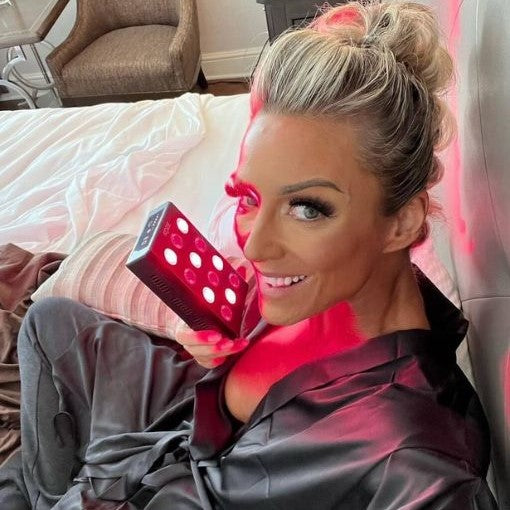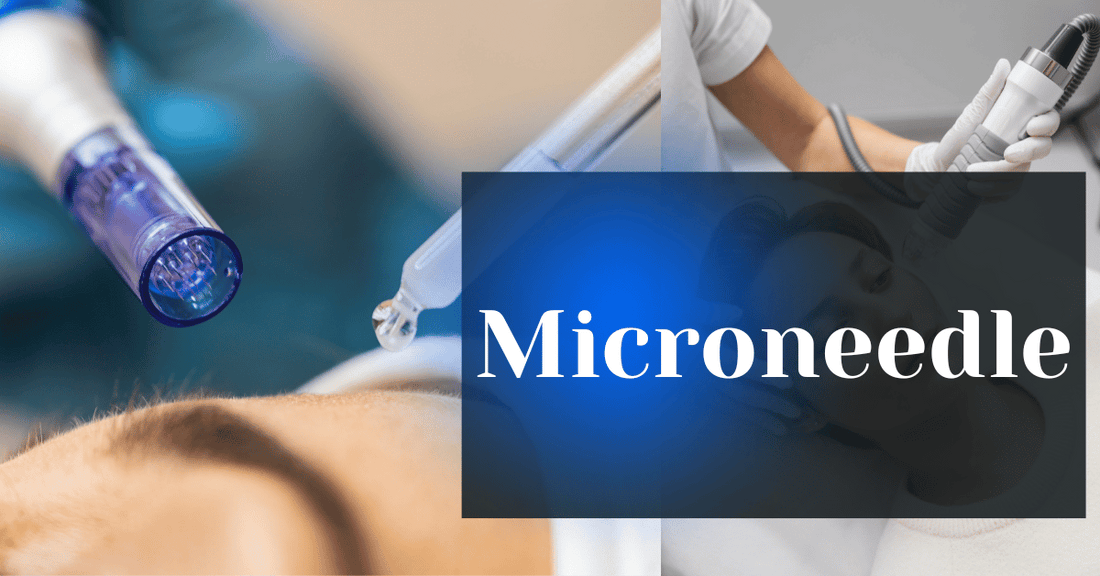
Microneedle
In the quest for youthful, radiant skin, microneedling has emerged as a popular and effective treatment. This minimally invasive method, also known as collagen induction therapy, has gained popularity for its ability to address a wide range of skin issues, including fine lines and wrinkles, acne scars, and hyperpigmentation.
By creating tiny punctures in the skin, microneedling stimulates the body's natural healing process, leading to the production of collagen and elastin. In this comprehensive guide, we'll dive deep into the world of microneedling, exploring its benefits, procedure, aftercare, and how it compares to other skincare treatments.
Whether you're a skincare enthusiast or someone looking to address specific skin issues, this guide will provide you with all the information you need to understand and consider microneedling as a key component of your skincare regimen.
What is Microneedling?

Microneedling is a dermatological procedure that uses a device with thin needles to make minute punctures in the skin's surface. These tiny punctured skin scars, also known as micro-injuries, cause the body's natural wound healing mechanism to produce collagen and elastin. Increased levels of these important proteins improve skin texture, firmness, and overall look.
Types of Microneedle Devices
There are various microneedle devices available, each with its unique features:
1. Dermarollers: are handheld rollers with a cylindrical surface covered in tiny needles. They are rolled over the skin to create micro-injuries.
2. Dermapens: are pen-like devices with a cluster of needles at the tip. They are moved across the skin in a stamping motion, allowing for more precise control.
3. Microneedling RF (Radiofrequency): Combines microneedling with radiofrequency energy to enhance skin tightening and rejuvenation.
How Microneedling Works
The process of making an automated microneedling device also involves several key steps:
1. Puncture Creation: The microneedle device creates small punctures tiny holes in the skin's surface.
2. Healing Response: The body's natural healing process is triggered, leading to the production of more collagen and elastin.
3. Skin Remodeling: Over time, the new collagen and elastin help the aging skin reduce the appearance of scars, wrinkles, and other skin imperfections.
Benefits of Microneedling
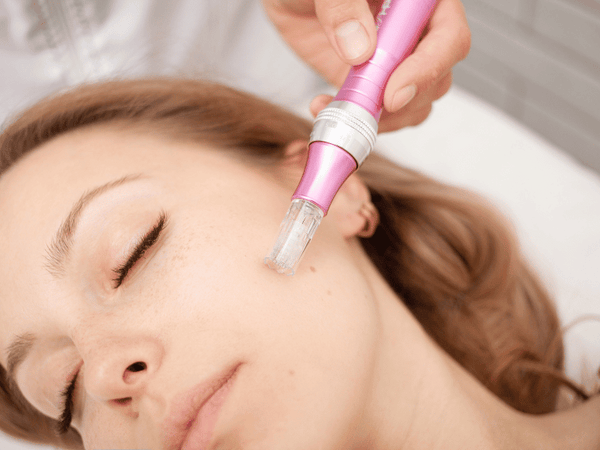
Microneedling has numerous skin benefits, making it a popular option for people looking to improve their complexion. Here are some of the main advantages:
1. Collagen Induction: The primary benefit of microneedling is its ability to stimulate the production of collagen and elastin, the proteins responsible for maintaining the skin's structure and skin elasticity both. This leads to a reduction in the appearance of fine lines and wrinkles in aging skin, giving the skin a more youthful appearance.
2. Acne Scarring Reduction: Microneedling is effective in reducing the appearance of acne scars, surgical scars, and other types of scarring by breaking down old scar tissue and encouraging the formation of new, healthy skin.
3. Hyperpigmentation Improvement: The procedure can help even darker skin tones even out uneven skin tone, and reduce the appearance of hyperpigmentation and dark spots, including age spots, sunspots, and melasma.
4. Skin Texture Enhancement: Regular microneedling sessions can improve the overall texture of the skin, making it smoother and more refined.
5. Pore Size Reduction: By stimulating collagen production, this microneedling device can help reduce the size of enlarged pores.
6. Enhanced Product Absorption: The micro-channels produced by the needles improve the absorption of skincare products, making them more effective.
7. Acne Improvement: Microneedling can help reduce the occurrence of acne by improving the skin's texture and reducing oil production.
8. Stretch Mark Reduction: The procedure can also be used to treat acne scars and stretch marks and improve the appearance of stretch marks by promoting the growth of new skin tissue over raised scars and stretch marks.
The Science Behind the Benefits

The effectiveness of microneedling results is backed by scientific research. Studies have shown that the procedure can increase the production of collagen and elastin by up to 400% in just a few sessions. This increase in collagen and elastin helps to repair and rejuvenate the skin, leading to the many benefits of microneedling results mentioned above.
Real-Life Success Stories
Many individuals have experienced significant improvements in their skin after undergoing microneedling treatments. For example, a case study published in the Journal of Clinical and Aesthetic Dermatology reported that a series of microneedling sessions resulted in a noticeable reduction in acne scars and an overall improvement in skin texture.
Microneedling vs. Other Skincare Treatments
Microneedling is often compared to other popular skincare and cosmetic treatments, each with its own set of benefits and considerations. Here's how microneedling stacks up against some common alternatives:
Microneedling vs. Chemical Peels
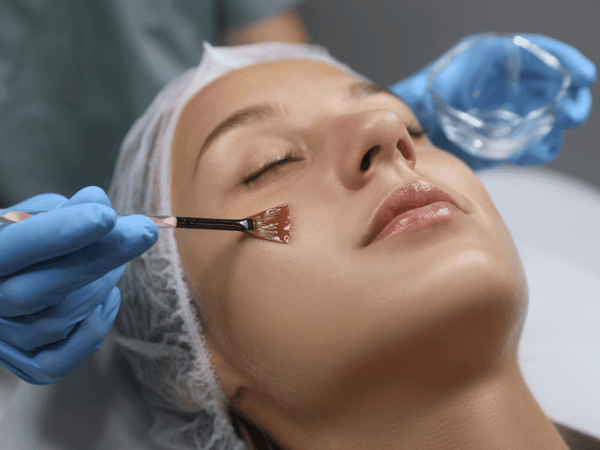
-
Chemical Peels: Apply a chemical solution to remove the top layers of skin, revealing smoother, more youthful skin beneath.. Peels can range from mild to deep, depending on the strength of the solution used.
-
Comparison: While chemical peels are effective for surface-level skin concerns, microneedling reaches deeper layers of the skin to promote collagen production. Microneedling is generally better for addressing deeper scars and wrinkles.
Microneedling vs. Laser Therapy

-
Laser Therapy: Uses focused light to target specific layers of the skin, stimulating collagen production and treating various skin issues. Laser treatments can be ablative (removing layers of skin) or non-ablative (heating the skin without removal).
-
Comparison: Laser therapy can offer more dramatic results for certain concerns, such as deep wrinkles or severe sun damage. However, microneedling is less invasive, has a shorter recovery time, and is often more affordable.
Microneedling vs. Microdermabrasion
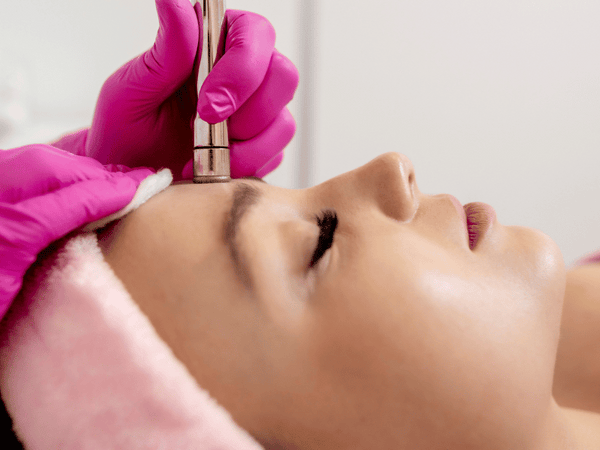
-
Microdermabrasion: A mechanical exfoliation method that removes the outermost layer of dead skin cells. It's often used to improve skin texture and brightness.
-
Comparison: Microdermabrasion is more superficial than microneedling and is better suited for mild skin texture issues. Microneedling provides deeper skin rejuvenation and is more effective for scars and wrinkles.
Making the Right Choice
When deciding between microneedling and other skincare treatments, consider the following factors:
-
Skin Concerns: Choose a treatment that targets your specific skin issues effectively.
-
Downtime: Consider how much recovery time you can afford. Microneedling generally has a shorter downtime compared to deep peels or ablative laser treatments.
-
Budget: Compare the costs of different treatments. Microneedling is often more cost-effective than laser therapy.
-
Skin Type: Some treatments may not be suitable for all skin types. Consult with a skincare professional to determine the best option for you.
How to Prepare for a Microneedling Session
Proper preparation is key to ensuring a successful microneedling session and minimizing potential side effects. Here are some essential steps to take before your treatment:
1. Consult with a Professional
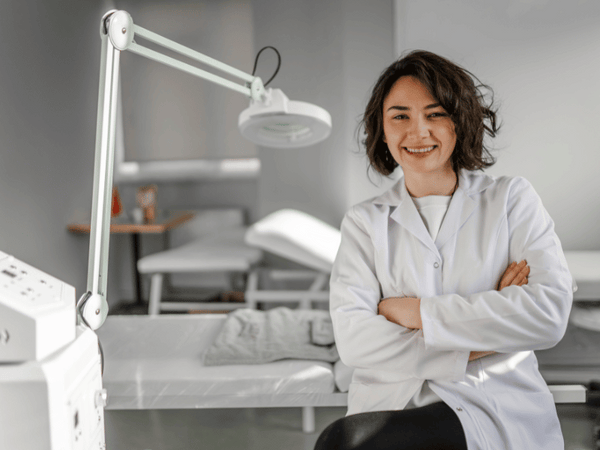
-
Assessment: Schedule a consultation with a dermatologist or licensed esthetician to determine if microneedling is suitable for your skin type and concerns.
-
Medical History: Discuss any medical conditions, allergies, or medications that might affect the treatment outcome.
2. Pre-Treatment Skincare
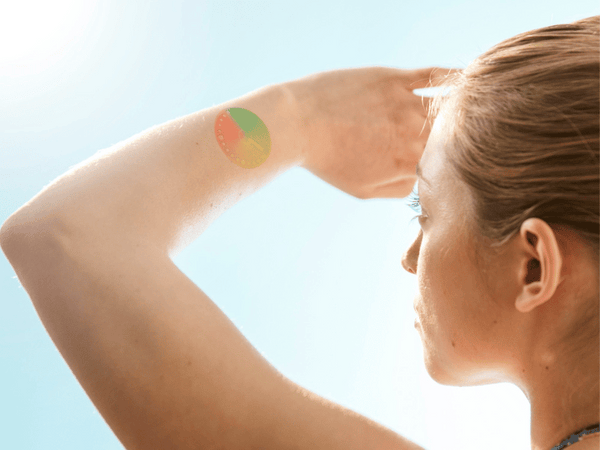
-
Avoid Retinoids: Discontinue the use of retinoids or other exfoliating agents at least 3-5 days before the session to prevent irritation.
-
Sun Protection: Limit sun exposure and apply a broad-spectrum sunscreen to protect your skin.
3. Lifestyle Considerations

-
Hydration: Drink plenty of water in the days before your visit to keep your skin moisturized.
-
Avoid Alcohol: Refrain from consuming alcohol at least 24 hours before the session, as it can increase the risk of bruising.
-
Smoking: If possible, avoid smoking for a few days before and after the treatment, as it can impair the healing process.
4. Medications and Supplements
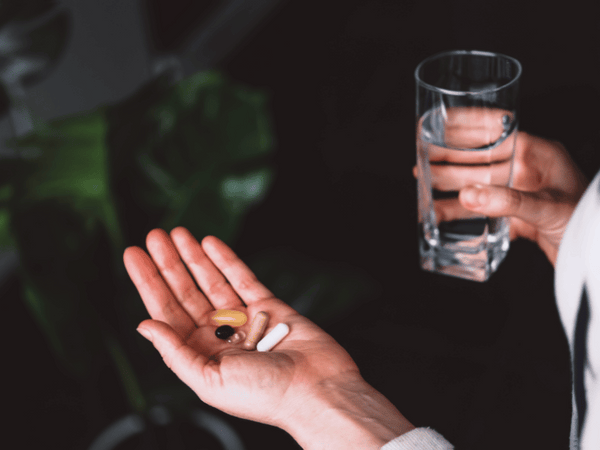
-
Blood Thinners: Inform your practitioner if you are taking blood-thinning medications, as they can increase the risk of bleeding.
-
Supplements: Avoid supplements like omega-3 fatty acids, vitamin E, and ginkgo biloba, which can also thin the blood.
5. Day of the Session

-
Clean Skin: Arrive at your appointment with clean, makeup-free skin.
-
Comfortable Clothing: Wear comfortable, loose-fitting clothing that allows easy access to the treatment area.
The Microneedling Procedure

Understanding the microneedling procedure can help alleviate any anxiety and ensure that you know what to expect. Here's a breakdown of a typical microneedling session:
Step 1: Cleaning and Numbing
-
Cleansing: The practitioner will start by thoroughly cleansing your skin to remove any oils, makeup, or debris.
-
Numbing Cream: A topical numbing cream is applied to the treatment area to minimize discomfort during the procedure.
Step 2: Microneedling Treatment
-
Device Selection: The practitioner will choose a microneedle device based on your skin concerns and the area being treated.
-
Treatment: The device is gently pressed or rolled over the skin, creating tiny punctures. The depth of the needles can be adjusted depending on the treatment goals.
Step 3: Post-Treatment Application
-
Serums: After the microneedling, a serum or calming solution may be applied to the skin to enhance healing and provide additional benefits.
-
Hydration: A moisturizer and sunscreen are applied to protect the treated area.
Duration and Frequency
-
Session Length: A typical microneedling session lasts about 30 to 60 minutes, depending on the size of the treatment area.
-
Treatment Series: For best results, a series of 3 to 6 sessions spaced 4 to 6 weeks apart is usually recommended.
Immediate Aftercare
-
Redness and Swelling: It's normal to experience some redness and swelling immediately after the treatment, similar to a mild sunburn.
-
Cooling: Applying a cool compress can help reduce any discomfort.
What to Expect
-
Healing Process: The skin may feel slightly rough and appear pink for a few days as it heals.
-
Results: Improvements in skin texture and appearance may be noticeable within a few weeks, with continued improvement over the following months.
Aftercare and Recovery
Proper aftercare is crucial for maximizing the benefits of microneedling and ensuring a smooth recovery. Here are some essential tips to follow after your treatment:
Immediate Aftercare (First 24 Hours)
-
Avoid Touching: Keep your hands off the treated area to prevent infection.
-
Stay Cool: Avoid hot environments like saunas or steam rooms, as heat can exacerbate redness and swelling.
-
Sun Protection: Stay out of direct sunlight and use a broad-spectrum sunscreen with an SPF of at least 30.
Skin Care in the Following Days
-
Gentle Cleansing: Use a mild cleanser and lukewarm water to clean the area twice a day.
-
Hydration: Apply a fragrance-free moisturizer to keep the skin hydrated.
-
Avoid Makeup: Refrain from wearing makeup for at least 24 hours to allow the skin to breathe and heal.
What to Avoid
-
Exfoliation: Avoid exfoliating or using retinoids for at least one week after the treatment.
-
Strenuous Activities: Skip intense workouts for the first 24-48 hours to prevent excessive sweating and irritation.
-
Swimming: Stay out of chlorinated pools and the ocean for a few days to avoid irritation.
Signs of Healing
-
Redness and Swelling: These should subside within a few days.
-
Peeling: Some peeling or flaking may occur as the skin regenerates.
-
Improvement: You'll start to notice improvements in your skin's texture and appearance within a week or two.
When to Contact Your Practitioner
-
Infection: If you notice signs of infection, such as pus, severe redness, or increased pain, contact your practitioner immediately.
-
Unusual Symptoms: Any unexpected symptoms or concerns should be addressed with your healthcare provider.
Microneedling at Home vs. Professional Treatment
While skin forms of microneedling can be performed at home with the use of dermarollers, there are significant differences between DIY treatments and professional procedures. Here's a comparison of multiple treatments to help you decide which option is best for you:
At-Home Microneedling
-
Cost: generally more affordable than professional treatments.
-
Convenience: It can be done at your own pace and in the comfort of your home.
-
Needle Depth: At-home devices typically have shorter needles (up to 0.3mm) for safety reasons.
-
Effectiveness: Suitable for minor skin concerns and maintenance, but less effective for deeper scars or wrinkles.
-
Risks: There is a higher risk of infection or skin damage if not done correctly or with unsterilized equipment.
Professional Microneedling
-
Expertise: Performed by trained professionals who can tailor the treatment to your specific skin needs.
-
Equipment: Uses medical-grade devices with longer needles (up to 2.5mm) for deeper penetration and more significant results.
-
Safety: lower risk of complications when performed in a sterile environment by a qualified practitioner.
-
Results: More dramatic and noticeable improvements in skin texture, scars, and wrinkles.
-
Aftercare: professional guidance on post-treatment care and follow-up sessions.
Making the Right Choice
Consider the following factors when deciding between at-home and professional microneedling:
-
Skin Concerns: If you have deeper scars or more severe skin issues, professional treatment is likely a better option.
-
Budget: Determine how much you're willing to spend. Remember that professional treatments may require multiple sessions.
-
Comfort Level: If you're uncomfortable with the idea of performing the treatment yourself, opt for a professional service.
Risks and Considerations
While microneedling therapy is generally safe when performed correctly, there are some risks and considerations to be aware of before undergoing the microneedling treatment:
Common Side Effects
-
Redness and Swelling: It's normal to experience some redness and swelling after the treatment, similar to a sunburn. This usually subsides within a few days.
-
Bruising: Some individuals may experience bruising, especially if they have sensitive skin or are taking blood-thinning medications.
-
Dryness and Flaking: The skin may feel dry and flaky as it heals. It's important to keep the area moisturized.
Potential Complications
-
Infection: There's a risk of infection if the needles are not properly sterilized or if aftercare instructions are not followed.
-
Skin Damage: Using needles that are too long or applying too much pressure can cause skin damage or scarring.
-
Allergic Reactions: Some people may have an allergic reaction to the numbing cream or other products used during the procedure.
Who Should Avoid Microneedling?
-
Active Acne or Skin Infections: If you have active acne breakouts or a skin infection, microneedling can spread bacteria and worsen the condition.
-
Skin Conditions: Individuals with eczema, psoriasis, or rosacea should consult a dermatologist before considering microneedling, as it may trigger flare-ups.
-
Pregnancy and Breastfeeding: It's generally advised to avoid microneedling during pregnancy and breastfeeding due to the lack of research on its safety in these populations.
Tips for Minimizing Risks
-
Choose a Qualified Practitioner: Ensure that the person performing the treatment is trained and experienced in microneedling.
-
Follow Pre- and Post-Care Instructions: Adhere to the guidelines provided by your practitioner to reduce the risk of complications.
-
Report Any Concerns: If you experience unusual symptoms or signs of infection, contact your practitioner immediately.
Microneedling for Specific Skin Concerns
Microneedling is a flexible therapy that can address a wide range of skin issues. Here's how it can be adjusted to the skin to address certain issues:
Acne Scars

-
Effectiveness: Microneedling is particularly effective in reducing the appearance of atrophic acne scars (depressed scars).
-
Treatment Plan: A series of treatments may be necessary to achieve significant improvement, with sessions spaced 4-6 weeks apart.
-
Combination Therapy: For deeper scars, microneedling can be combined with other treatments, such as chemical peels or laser therapy, for enhanced results.
Fine Lines and Wrinkles
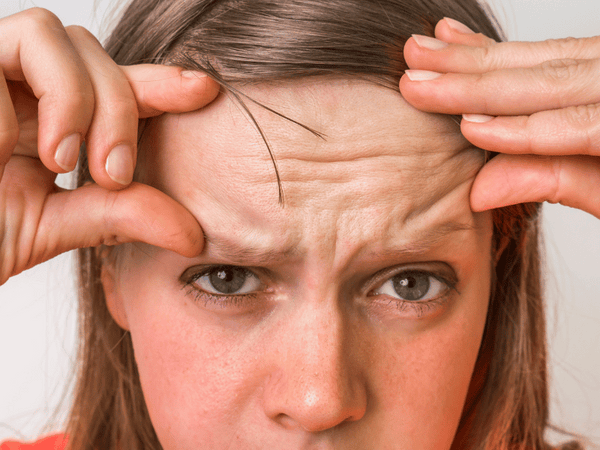
-
Collagen Production: Microneedling can minimize the appearance of fine lines and wrinkles by increasing collagen and elastin production, leaving skin smoother and firmer.
-
Frequency: Regular maintenance sessions every 6-12 months can help sustain the anti-aging effects.
Hyperpigmentation and Melasma
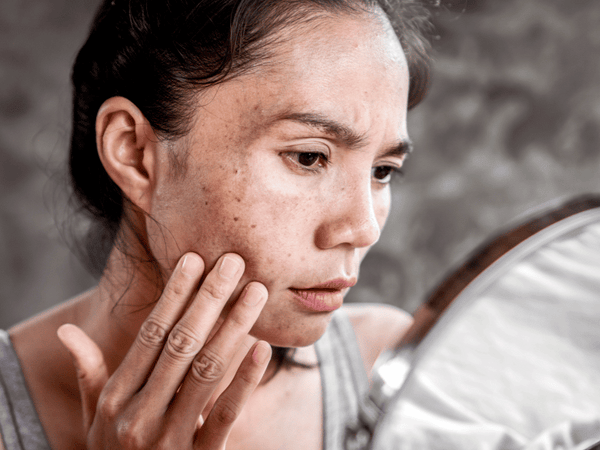
-
Skin Tone: Microneedling can help even out skin tone and reduce the appearance of hyperpigmentation, including melasma.
-
Sun Protection: It's crucial to use sunscreen and avoid direct sun exposure after the treatment to prevent further pigmentation.
Stretch Marks
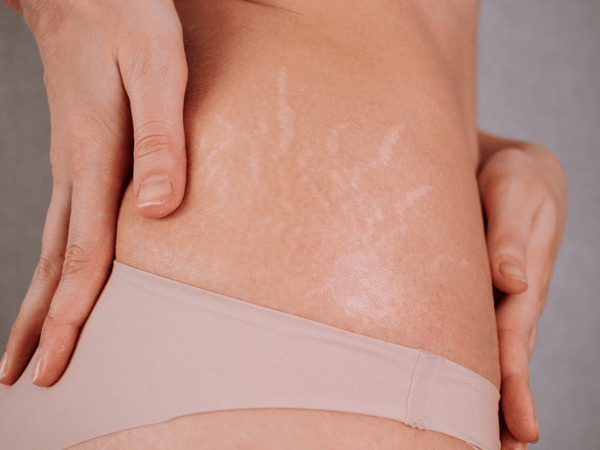
-
Tissue Repair: While more challenging to treat, microneedling can improve the appearance of stretch marks by promoting tissue repair and increasing collagen production.
-
Combination Treatments: Combining microneedling with other modalities, such as topical creams or laser therapy, may yield better results.
Large Pores

-
Pore Size Reduction: Microneedling can help minimize the appearance of large pores by stimulating collagen production and tightening the skin.
Tailoring the Treatment
-
Depth Adjustment: The needle depth can be adjusted based on the skin concern and the area being treated.
-
Customized Serums: Specific serums or growth factors can be applied during or after the treatment to target particular issues, such as hydration, brightening, or anti-aging.
Alternative Treatments: Red Light Therapy
While the microneedling treatment is a popular choice for skin rejuvenation, it's not the only option available. Red light therapy (RLT) has emerged as an alternative treatment with its own set of benefits. Here's how it compares to microneedling:
What is Red Light Therapy?
-
Definition: Red light therapy, also known as low-level laser therapy (LLLT), involves the use of low-energy red light wavelengths to penetrate the skin and stimulate cellular processes.
-
Mechanism: RLT works by increasing energy production in the cells, promoting healing, reducing inflammation, and stimulating collagen production.
Benefits of Red Light Therapy
-
Non-Invasive: Unlike microneedling, RLT does not involve puncturing the skin, making it a non-invasive option.
-
Pain-Free: The treatment is painless and does not require any downtime.
-
Skin Rejuvenation: RLT can improve skin tone, reduce signs of aging, and enhance overall skin health.
-
Healing: It's also used to accelerate wound healing and reduce inflammation.
RLT vs. Microneedling
-
Depth of Treatment: While RLT works on a cellular level, microneedling physically stimulates the deeper layers of the skin.
-
Results: Microneedling tends to provide more dramatic results for issues like deep scars and wrinkles. RLT is better suited for overall skin rejuvenation and inflammation reduction.
-
Combination Therapy: Some individuals opt to combine both treatments to maximize their benefits. For example, RLT can be used post-microneedling to reduce inflammation and enhance healing.
Considerations
-
Frequency: RLT typically requires multiple sessions, often 2-3 times a week, to achieve noticeable results.
-
Device Quality: The effectiveness of RLT depends on the quality of the device used. It's important to choose FDA-approved devices for safety and efficacy.
Frequently Asked Questions
Here are some common questions and answers about microneedling to help you better understand the medical treatment:
How Long Does It Take to See Results from Microneedling?
-
Immediate Effects: Some individuals may notice a "glow" and hydration immediately after the treatment.
-
Long-Term Results: Significant improvements in skin texture, scars, and wrinkles typically become visible after 4-6 weeks, as collagen production increases.
Is Microneedling Painful?
-
Discomfort Level: Microneedling can cause mild discomfort, especially in sensitive areas. However, a numbing cream is applied before the procedure to minimize pain.
-
Sensation: Most people describe the feeling as a light prickling or scratching.
Can Microneedling Cause Scarring?
-
Low Risk: When performed correctly by a trained professional, microneedling has a low risk of causing scarring.
-
Proper Technique: It's essential to follow the right technique and aftercare instructions to avoid any adverse effects.
How Often Should You Get Microneedling Done?
-
Initial Series: For optimal results, a series of 3-6 sessions spaced 4-6 weeks apart is advised.
-
Maintenance: After the initial series, maintenance sessions every 6-12 months can help sustain the benefits.
Is Microneedling Suitable for All Skin Types?
-
Versatility: Microneedling is suitable for most skin types, including darker skin tones, as it has a lower risk of hyperpigmentation compared to some laser treatments.
-
Consultation: It's important to consult with a skincare professional to determine if microneedling is appropriate for your specific skin concerns and type.
Can Microneedling Be Done at Home?
-
At-Home Devices: While there are at-home dermarollers available, they have shorter needles and are less effective than professional treatments.
-
Safety: There's a higher risk of infection and skin damage when microneedling is done at home. It's advisable to seek professional treatment for optimal results and safety.
Conclusion
Microneedling is a versatile and effective skincare treatment that offers a range of benefits, from reducing the appearance of scars and wrinkles to improving skin texture and tone. By stimulating collagen production, microneedling helps to rejuvenate the skin and address various concerns. While there are some risks and considerations to be aware of, proper preparation, aftercare, and professional guidance can help ensure a safe and successful experience.
For those looking for alternatives or complementary treatments treating acne itself, red light therapy provides a non-invasive option that can enhance skin health and reduce inflammation. Whether you choose microneedling, red light therapy, or a combination of both, it's important to consult with a qualified professional to determine the best approach for your individual needs.
As with any skincare treatment, patience and consistency are key. While immediate results from cosmetic procedures may be noticeable, the full benefits of microneedling typically emerge over time as the skin heals and regenerates. By following a tailored treatment plan and taking care of your skin, you can achieve a healthier, more youthful complexion.
Call to Action
If you're interested in exploring microneedling or red light therapy as part of your skincare routine, we encourage you to book a consultation with a licensed dermatologist or skincare professional. They can assess your skin, answer any questions you may have, and recommend a personalized treatment plan to help you achieve your desired results.
Remember, beautiful skin starts with informed choices of skin care routine and expert skin care routine. Take the first step towards healthier, more radiant skin today!
